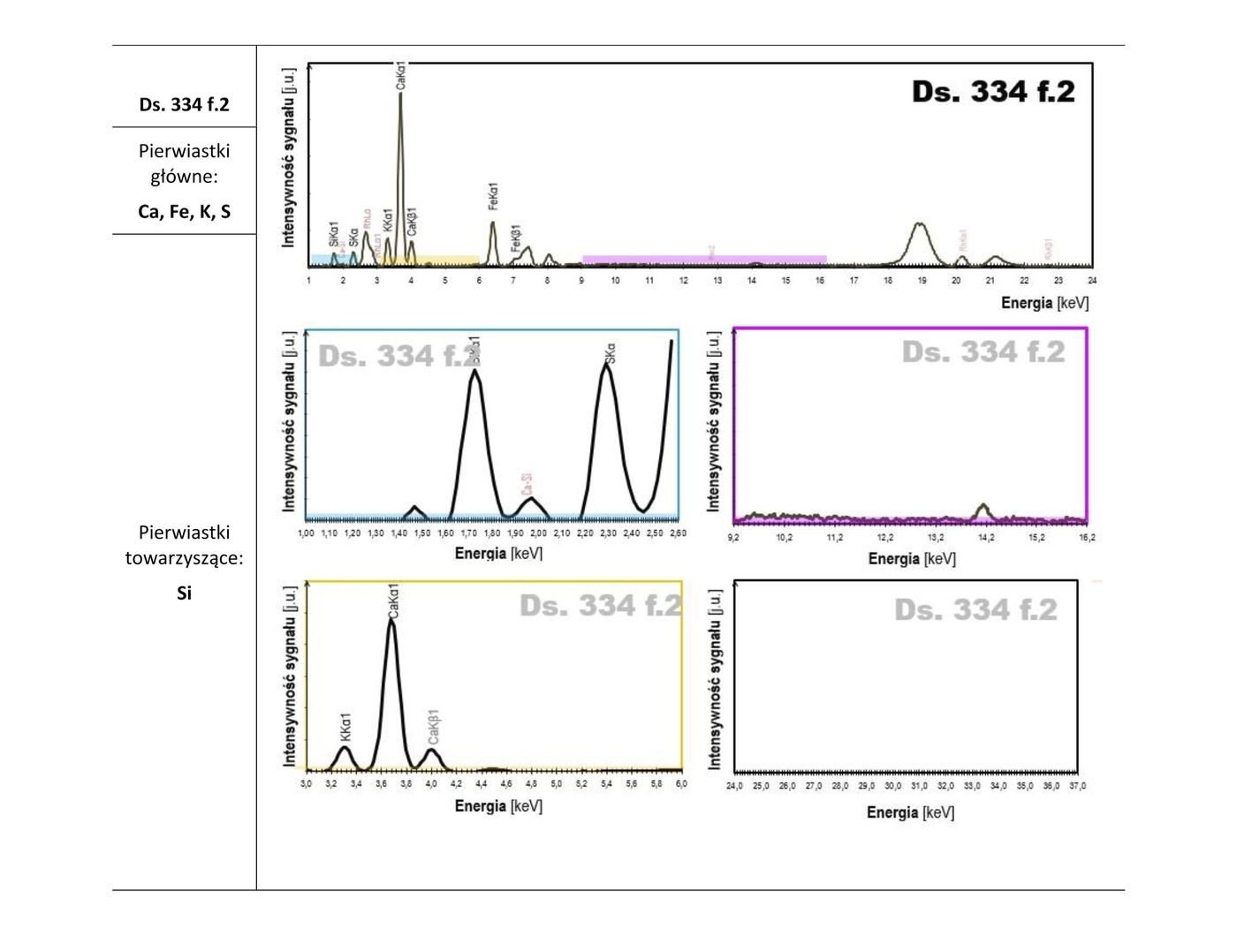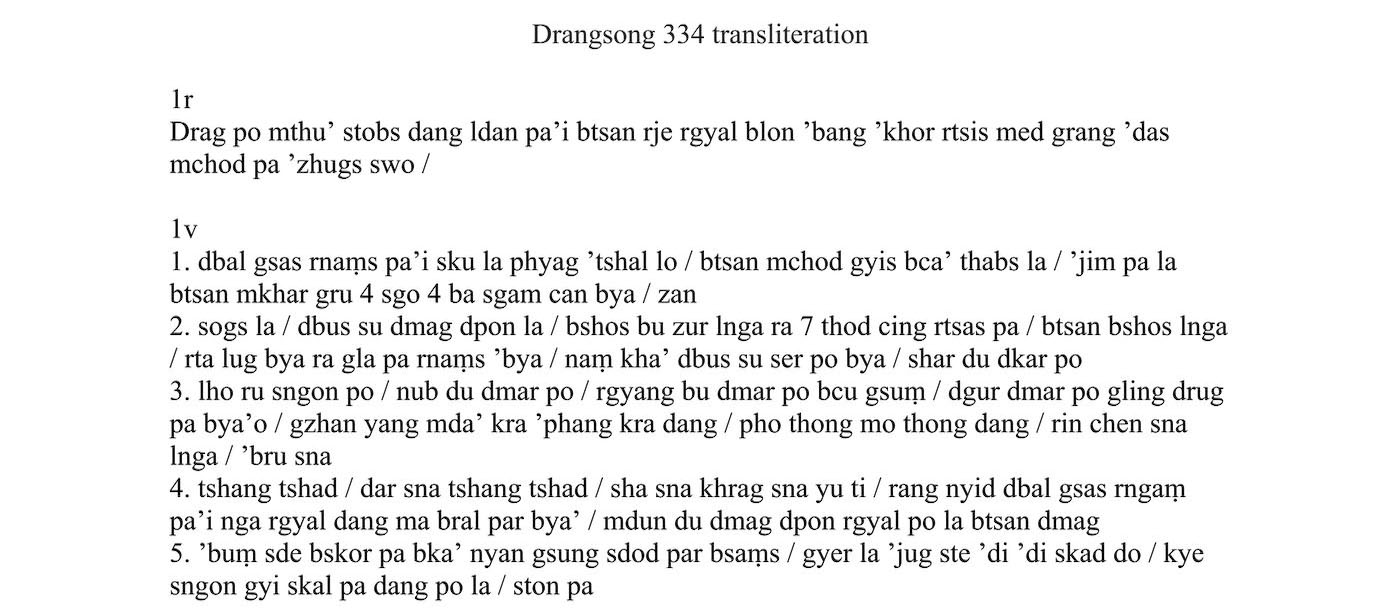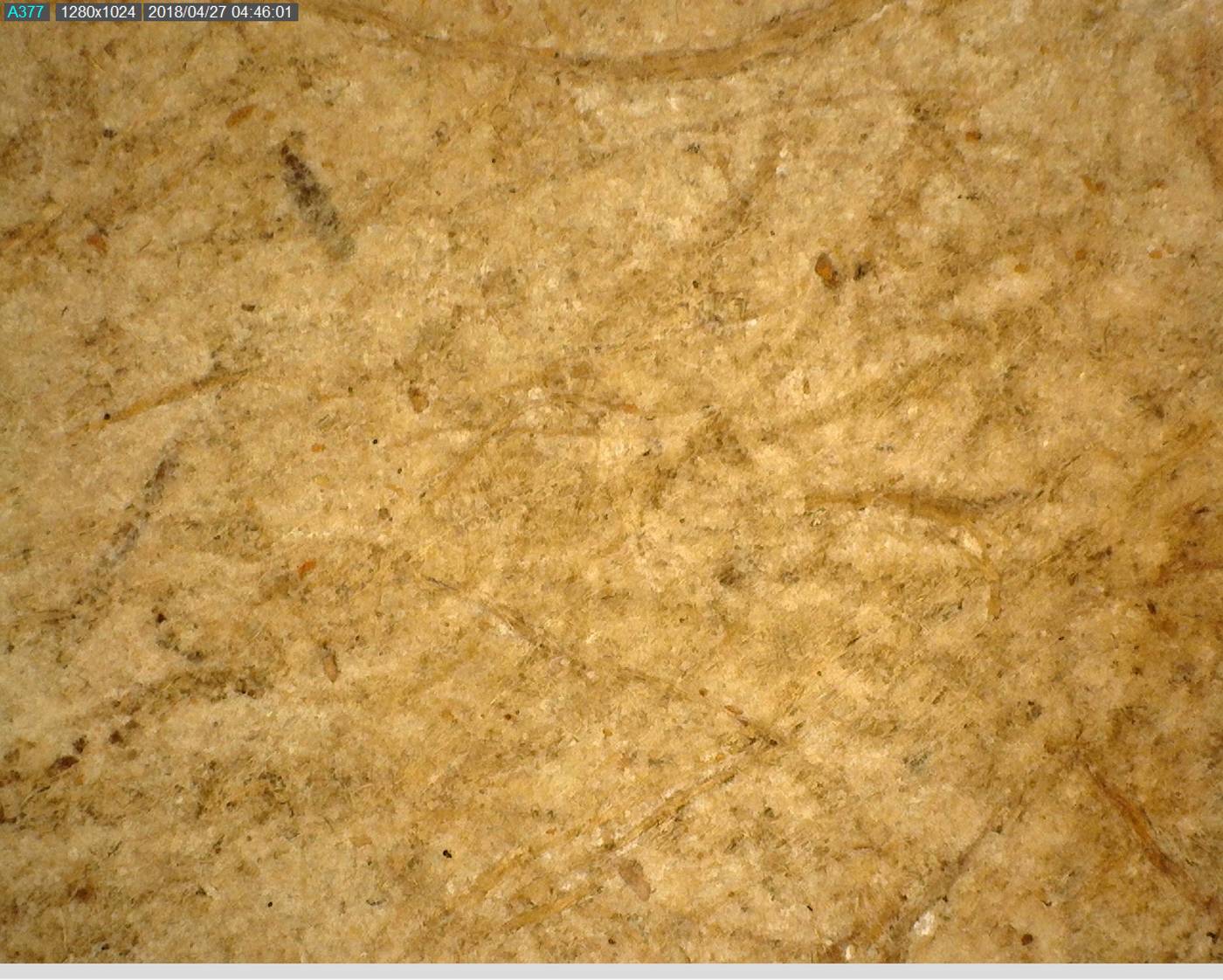DRANGSONG MANUSCRIPTS
| 1. Text number | Drangsong 334 |
| 2. Text title (where present) in Tibetan |
དྲག་པོ་མཐུའ་སྟོབས་དང་ལྡན་པའི་བཙན་རྗེ་རྒྱལ་བློན་འབང[འབངས]འཁོར་རྩིས་མེད་གྲང[གྲངས]འདས་མཆོད་པ་བཞུགསྷོ། |
| 3. Text title (where present) in Wylie transliteration | Drag po mthu’ stobs dang ldan pa’i btsan rje rgyal blon ’bang [’bangs] ’khor rtsis med grang [grangs] ’das mchod pa bzhugs+ho/ |
| 4. A brief summary of the item’s contents | An offering ritual to the btsan, a category of divinity that dwell among the high rocks on the mountains. |
| 5. Number of folios | 9 |
| 6. Scribe’s name | |
| 7. Translation of title | offering to the incalculable king and his ministers of the btsan deity who has wrath of power and strength |
| 8. Transcription of colophon | ces byas la ’bru’i [’bru yis] mchod/ gser skyems gtor/ btsan mdos ’di ni ri tho pa’i [mtho ba’i] la rdzas sȧ/ byang shar phyogs su ’bul lo/ rjes su zhal gro drangs/ bkra shis dpal ’bar ’dzam gling rgyan du shog/ dge’o// bkra shis/ dge’o// |
| 9. Translation of colophon | Make offerings of grain and the golden libation. Make a mdos offering to the bstan towards the northeast at the summit of a high mountain. May all be well in the future. May good fortune be the ornament of the world. Virtue. Blessings. Virtue. [V002_IMG_0806B] |
| 10. General remarks | The text gives the names of different btsan deities and the names of places associate with them, as well as the short narratives. The text has features reminiscent of early Bon literature, such as the works contained in the ’bum pa che manuscript collection. Illustrations of different deities may be seen here, though it is not at all certain that these illustrations are intended to accompany this text. |
| 11. Remarks on script | |
| 12. Format | Loose leaves |
| 13. Size | 8.5 × 30.7 cm |
| 14. Layout | |
| 15. Illustrations and decorations | These two folios of a manuscript page with red margins are drawn with a group of wrathful, possibly local deities, and a ritual structure related to their propitiation. It must have accompanied a text describing these deities and giving instructions on the making of such a structure.At the centre of the first folio is represented the main deity of the group. Apparently male, it has a long mane of rising hair as the main sign of its wrathful nature. With its left hand it holds the leash of what appears from its small size and curled tail to be a caparisoned dog rather than a horse. The deity sits on a terrible serpentine mount possessing nine heads arranged in three rows plus a bird head on top on a long-tailed body dotted with open eyes, who holds a bow and an arrow in its right hand and a noose in its left hand.
On the left side of the folio, in front of the group, stand a wrathful deity with rising hair who holds an unidentified attribute in the right hand and a noose in the other, as well as a makara-headed deity holding an axe or a pick in the right hand. The retinue of the main deity is completed by four wrathful animal-headed deities, the former two of which are drawn on the right side of the first folio and the latter two on the left side of the second folio. Among these deities, the first one has the head of a mammal, possibly a weasel or a fox, and holds what may be a noose; the second one has the head of a bird and holds what may be a sword; the third one has the head of an elephant and holds a sword and a noose; and the last one has the head of a mammal, possibly a dog, and holds a noose. On the right side of the second folio is represented an elaborate gtor ma mounted on a four-tiered base symbolizing Mt Meru, onto which are planted four victory banners. The gtor ma itself, which is made of dough, comprises a hemispheric base topped by a tiered conical object, a wide middle section that can be identified as a lotus seat with two ranges of petals, and a diamond-shaped superstructure with three disks crowned with what may be a jewel.[1] As a whole, this ritual structure appears to be a mdos. [1] For a similar gtor ma described as “a heart-shaped black torma with five discs, mounted upon a lotus above a square four-tiered Mt Meru base”, see Robert Beer, The Encyclopedia of Tibetan Symbols and Motifs, 1. ed (Boston: Shambhala, 1999), pl. 139, the penultimate gtor ma in the bottom right corner; and its description on p. 325. |
| 16. Paper type | Woven, 2 layers |
| 17. Paper thickness | 0.14–0.23 mm |
| 18. Nos of folio sampled | f. 1 |
| 19. Fibre analysis | |
| 20. AMS 14C dating | |
| 21. XRF analysis | |
| 22. RTI | |
| 23. GCMS |




